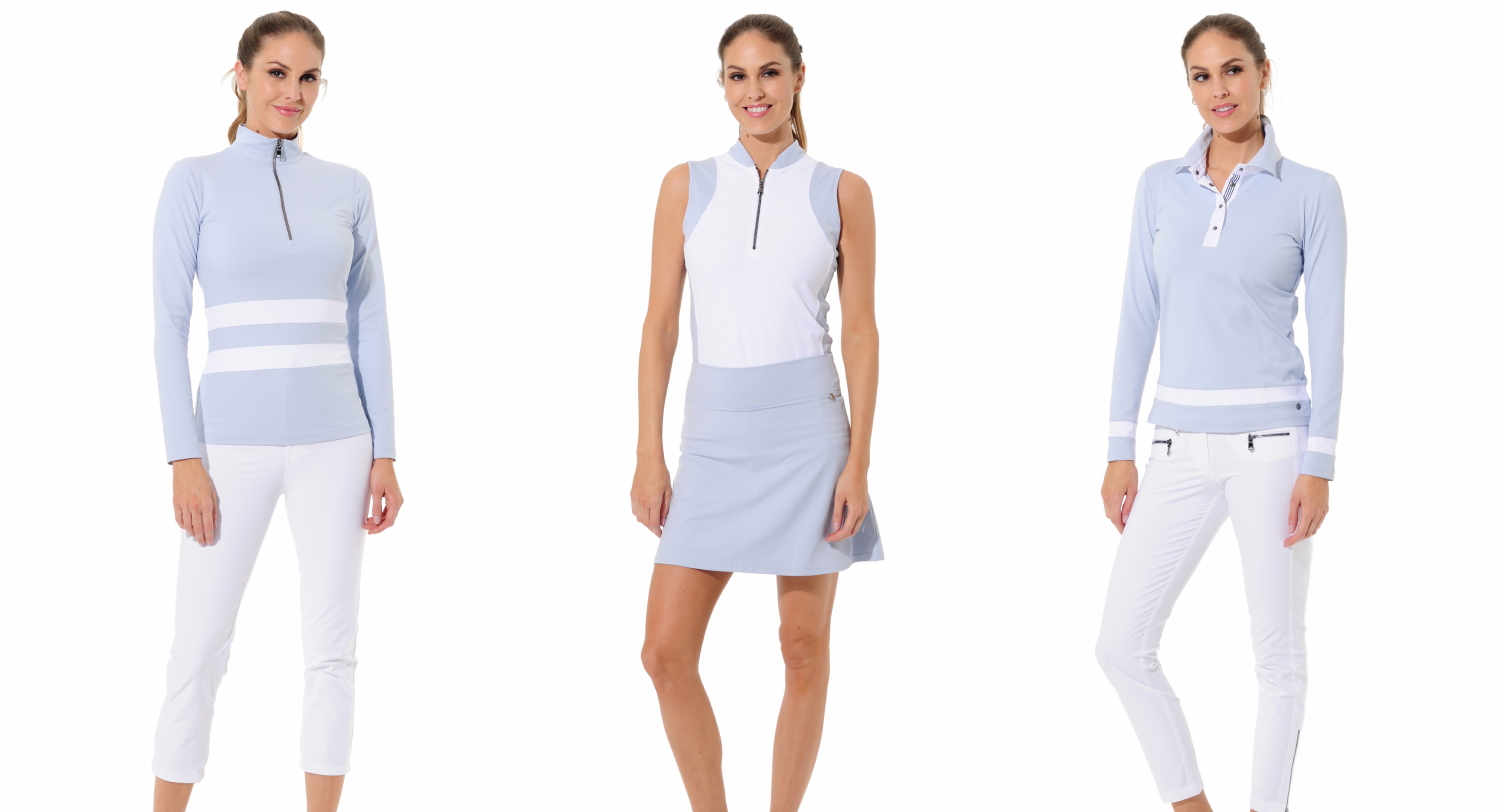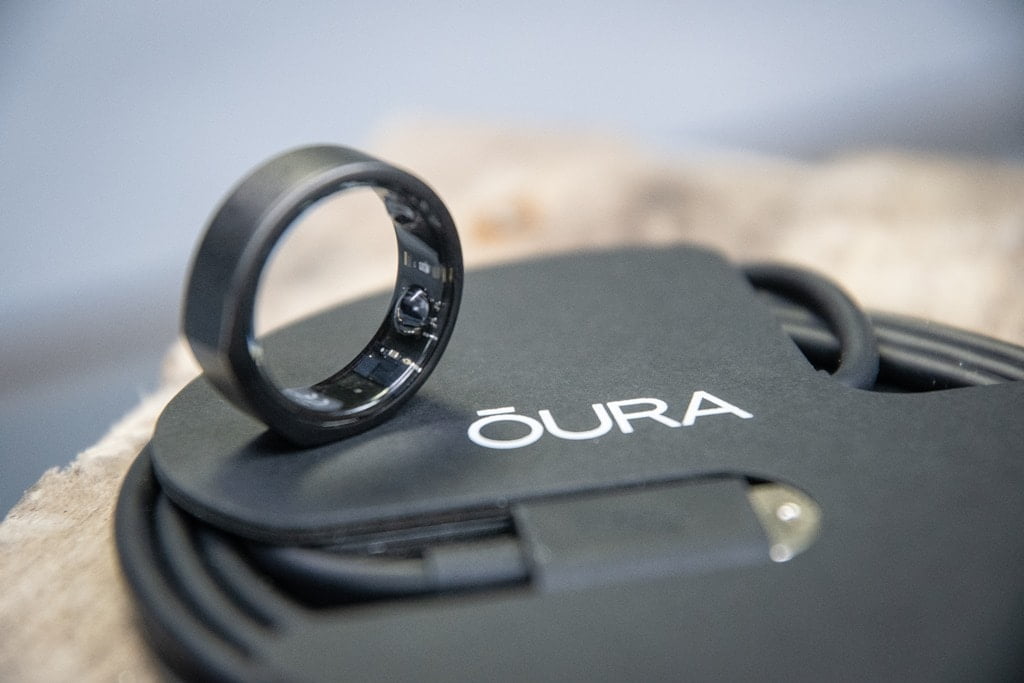In the rapidly evolving world of sports fashion, the integration of advanced materials and innovative design practices is transforming how athletes and fitness enthusiasts approach their apparel. This article explores the latest trends in luxury athletic wear, focusing on high-performance fabrics, design aesthetics, and sustainable practices. By understanding these elements, readers can make informed choices that enhance their athletic performance while aligning with their personal style and values.
As consumer awareness regarding sustainability and functionality grows, it is essential for both casual and serious athletes to stay updated on how these trends impact their gear. This article will provide insights into the benefits of modern athletic wear, helping you navigate the options available in today’s market.
In this article you will find:
Elevating Performance with Luxury Materials
In the competitive world of sports fashion, the materials used in athletic wear play a pivotal role in enhancing performance. Luxury brands like MDC are at the forefront of this revolution, utilizing advanced fabrics that not only provide comfort but also optimize athletic capabilities. Understanding how these materials work can significantly impact an athlete’s performance, making it essential for both casual fitness enthusiasts and professional athletes to be informed.
High-Performance Fabrics
Luxury sports fashion brands have begun to incorporate high-performance fabrics that are engineered to meet the demands of rigorous physical activity. These materials include:
- Moisture-Wicking Fabrics: Designed to draw sweat away from the skin, these fabrics keep athletes dry and comfortable, allowing for longer and more intense workouts.
- Breathable Mesh: Integrated into various garments, mesh panels enhance airflow, helping to regulate body temperature during high-intensity activities.
- Compression Technology: This technology supports muscles during exercise, reducing fatigue and the risk of injury. It also aids in recovery post-workout.
- Eco-Friendly Materials: Sustainable luxury brands are increasingly using recycled materials that provide performance benefits while minimizing environmental impact.
The Role of Innovation
Innovation is a key driver in the development of luxury sports materials. Brands like MDC are investing in research and development to create fabrics that not only perform well but also offer unique properties. For instance, some fabrics are now treated with antimicrobial finishes that prevent odor buildup, allowing athletes to feel fresh even after a grueling session.
Moreover, advancements in textile technology have led to the creation of smart fabrics that can monitor physiological metrics such as heart rate and body temperature. These innovations provide athletes with real-time feedback, enabling them to optimize their training and performance.
Combining Style with Function
Luxury sports fashion is not just about performance; it also emphasizes aesthetics. The fusion of style and functionality is crucial in attracting a broader audience. Athletes and fitness enthusiasts are increasingly looking for apparel that not only performs well but also looks good off the field. MDC’s designs reflect this trend, offering pieces that seamlessly transition from the gym to casual outings.
As a result, the use of luxury materials in sports fashion is not merely a trend; it represents a fundamental shift in how athletic wear is perceived. By prioritizing both performance and style, brands can cater to a market that values quality, aesthetics, and functionality.
Conclusion
In conclusion, the elevation of performance through luxury materials is transforming the sports fashion landscape. As brands like MDC continue to innovate and refine their offerings, athletes can expect a future where their gear not only meets the demands of their sport but also enhances their overall experience. For more insights into the latest trends in luxury sports fashion, visit MDC’s official website.
Innovative Design Trends in Sports Fashion
The landscape of sports fashion is evolving rapidly, driven by a blend of technological advancements and changing consumer preferences. Innovative design trends are not only enhancing performance but also redefining how athletes and fitness enthusiasts express their personal style. This section delves into the latest trends shaping the future of sports fashion, with a focus on functionality, aesthetics, and sustainability.
Functional Aesthetics
One of the most significant trends in sports fashion is the emphasis on functional aesthetics. Designers are increasingly blending style with utility, creating apparel that looks good while serving a specific purpose. This shift is evident in:
- Multi-Purpose Gear: Athletes are seeking clothing that can transition seamlessly from workout sessions to casual outings. Brands are responding by designing versatile pieces that combine performance features with stylish silhouettes.
- Layering Systems: Innovative layering options allow athletes to adapt to varying weather conditions. Brands are developing lightweight, breathable base layers that can be paired with insulated outerwear, ensuring comfort and style.
- Customizable Designs: Personalization is becoming a key aspect of sports fashion. Many brands now offer customizable options, allowing consumers to choose colors, patterns, and even functional features that suit their individual needs.
Smart Technology Integration
The integration of smart technology into sports apparel is another groundbreaking trend. Wearable technology is enhancing the functionality of athletic wear, offering features that monitor performance and health metrics. Examples include:
- Wearable Sensors: Embedded sensors in clothing can track heart rate, body temperature, and movement patterns. This data helps athletes optimize their training regimens and improve performance.
- Connected Fabrics: Some brands are developing fabrics that connect to mobile apps, providing real-time feedback on performance and recovery. This technology empowers athletes to make informed decisions about their training.
- Adaptive Fit: Innovations in fabric technology allow for garments that adapt to the wearer’s body shape and movements, providing a tailored fit that enhances comfort and performance.
Sustainable Design Practices
As consumers become more environmentally conscious, sustainable design practices are gaining traction in the sports fashion industry. Brands are prioritizing eco-friendly materials and ethical production methods. Key trends include:
- Recycled Materials: Many luxury sports brands are incorporating recycled fabrics into their collections, reducing waste and promoting sustainability. This trend not only minimizes environmental impact but also appeals to eco-conscious consumers.
- Biodegradable Fabrics: Innovations in textile production have led to the development of biodegradable materials that decompose naturally, further reducing the ecological footprint of sports apparel.
- Transparency in Supply Chains: Consumers are increasingly demanding transparency regarding the sourcing and production of their clothing. Brands that openly share their supply chain practices are gaining a competitive edge.
Inclusive Design for All Athletes
Inclusivity is becoming a focal point in sports fashion design. Brands are recognizing the need to cater to a diverse range of body types, abilities, and styles. This trend is characterized by:
- Extended Size Ranges: More brands are offering extended size ranges to ensure that all athletes can find clothing that fits well and performs effectively.
- Adaptive Clothing: Innovations in adaptive sportswear are making it easier for individuals with disabilities to participate in athletic activities. Features like adjustable closures and easy-access designs enhance usability.
- Diverse Representation: Marketing campaigns are increasingly showcasing athletes of different backgrounds, body types, and abilities, promoting a more inclusive view of fitness and sports.
The innovative design trends in sports fashion are not just about aesthetics; they represent a holistic approach to enhancing athletic performance while addressing the needs and values of today’s consumers. As we move forward, these trends will continue to shape the industry, paving the way for a new era of sports apparel that is as stylish as it is functional. For further insights on the latest trends in athletic wear, check out Sportswear International.
The Intersection of Style and Functionality
In today’s fast-paced world, the lines between athletic performance and everyday fashion are increasingly blurred. The modern athlete seeks apparel that not only meets the rigorous demands of their sport but also reflects their personal style. This section explores how luxury sports fashion brands, such as MDC, are successfully merging style and functionality, creating a new paradigm in athletic wear.
Design Philosophy: Aesthetic Meets Utility
The design philosophy of leading sports fashion brands emphasizes a harmonious blend of aesthetics and utility. This approach is characterized by:
- Thoughtful Silhouettes: Designers are focusing on flattering cuts and shapes that enhance the wearer’s physique while allowing for a full range of motion. This ensures that athletes feel confident and comfortable, whether they are on the track or at a social event.
- Color and Pattern Innovations: The use of bold colors and unique patterns is becoming a hallmark of luxury sportswear. These elements not only make a fashion statement but also help athletes express their individuality.
- Functional Details: Features such as zippered pockets, adjustable hems, and reflective elements are integrated into designs, enhancing practicality without compromising style.
Performance-Driven Fashion
Luxury sports fashion brands are increasingly focusing on performance-driven fashion, where each piece of clothing is engineered for specific activities. This trend includes:
- Tailored Performance: Athletes can find specialized garments designed for various sports, from high-impact training to yoga. These pieces incorporate specific technologies, such as moisture-wicking and temperature regulation, ensuring optimal performance.
- Seasonal Collections: Brands are now releasing seasonal collections that not only cater to the changing weather but also align with current fashion trends. This strategy allows athletes to stay stylish year-round, regardless of their training conditions.
- Collaborations with Fashion Designers: Collaborations between sports brands and high-fashion designers are on the rise. These partnerships yield unique collections that elevate athletic wear to runway status, showcasing how functionality can coexist with high fashion.
Consumer-Centric Approach
The shift towards merging style and functionality is also driven by changing consumer expectations. Today’s consumers are more informed and discerning, demanding:
- Quality Over Quantity: Shoppers are increasingly prioritizing high-quality materials and craftsmanship over fast fashion. They seek durable pieces that offer long-term value.
- Versatility: Consumers desire clothing that can transition seamlessly from workout to casual wear. This versatility enhances the appeal of luxury sports fashion, making it a staple in many wardrobes.
- Personalization: Many brands are offering customizable options, allowing consumers to tailor their purchases to fit their personal style and functional needs. This trend fosters a deeper connection between the consumer and the brand.
Social Media Influence
Social media platforms play a significant role in shaping the intersection of style and functionality in sports fashion. Influencers and athletes showcase their outfits online, highlighting:
- Real-Life Applications: Athletes share their experiences with luxury sportswear, demonstrating how these pieces perform in real-world settings. This authentic representation encourages consumers to invest in high-quality apparel.
- Trendy Looks: Social media trends often dictate what is considered fashionable in sportswear. Brands that are quick to adapt to these trends can capture consumer interest and drive sales.
- Community Engagement: Brands that foster a sense of community through social media campaigns and user-generated content can create a loyal following. This engagement often leads to increased brand visibility and sales.
The intersection of style and functionality in luxury sports fashion represents a significant evolution in how athletic wear is perceived and consumed. As brands like MDC continue to innovate, they are setting new standards that prioritize both performance and personal expression. For more insights into the latest trends in sports fashion, visit Vogue’s Fashion section.
Sustainable Practices in Luxury Athletic Wear
As the fashion industry grapples with its environmental impact, the demand for sustainable practices in luxury athletic wear has surged. Consumers are increasingly aware of the ecological footprint of their purchases, prompting brands to adopt more responsible methods of production. This section explores the various sustainable practices being implemented in the luxury athletic wear sector and how they are reshaping the industry.
Eco-Friendly Materials
One of the most significant shifts in luxury athletic wear is the use of eco-friendly materials. Brands are prioritizing sustainability by sourcing materials that have a lower environmental impact. Key trends include:
- Recycled Fabrics: Many luxury brands are incorporating recycled polyester and nylon into their collections. These materials are derived from post-consumer waste, such as plastic bottles, significantly reducing the need for virgin resources.
- Organic Cotton: Unlike conventional cotton, which requires extensive pesticide use, organic cotton is grown without harmful chemicals. This practice not only benefits the environment but also promotes better health for farmers and consumers.
- Biodegradable Materials: Innovations in textile technology have led to the creation of biodegradable fabrics that decompose naturally, reducing landfill waste. Brands are exploring options like Tencel and other plant-based fibers that offer both performance and sustainability.
Ethical Production Practices
Beyond materials, luxury athletic wear brands are re-evaluating their production processes to ensure ethical practices. This includes:
- Fair Labor Standards: Many brands are committed to ensuring fair wages and safe working conditions for their employees. This commitment often involves auditing factories and working with suppliers who adhere to ethical labor practices.
- Local Sourcing: By sourcing materials and manufacturing closer to home, brands can reduce their carbon footprint associated with transportation. This practice not only supports local economies but also promotes transparency in the supply chain.
- Waste Reduction Initiatives: Luxury brands are implementing strategies to minimize waste throughout the production process. This includes using cutting techniques that optimize fabric usage and recycling scraps into new products.
Transparency and Consumer Engagement
Today’s consumers are demanding more transparency from brands regarding their sustainability efforts. Luxury athletic wear companies are responding by:
- Detailed Product Information: Brands are providing comprehensive information about the materials used, production processes, and the environmental impact of their products. This transparency builds trust and allows consumers to make informed choices.
- Engaging Consumers in Sustainability: Many brands are involving consumers in their sustainability journey through initiatives like take-back programs, where customers can return used items for recycling or repurposing.
- Social Media Campaigns: Brands are leveraging social media to raise awareness about their sustainability practices and engage with consumers on environmental issues. This interaction fosters a community of like-minded individuals who prioritize sustainability.
Innovations in Sustainable Technology
Technological advancements are playing a crucial role in enhancing sustainability in luxury athletic wear. Notable innovations include:
- Waterless Dyeing Techniques: Traditional dyeing processes consume vast amounts of water and chemicals. New technologies are emerging that utilize minimal water and eco-friendly dyes, significantly reducing environmental impact.
- 3D Knitting: This technique allows for the creation of garments with minimal waste, as the fabric is knitted directly into the desired shape. This method not only conserves resources but also speeds up production times.
- Smart Fabrics: Some brands are developing fabrics that can adapt to environmental conditions, such as temperature and humidity, reducing the need for multiple layers and thus saving materials.
As sustainability becomes a priority in luxury athletic wear, brands that embrace these practices are not only contributing to a healthier planet but also appealing to a growing demographic of environmentally conscious consumers. For more insights into sustainable fashion practices, visit Sustainable Fashion. The luxury athletic wear industry is experiencing a transformative shift, driven by advancements in materials, design, and sustainability. Brands like MDC are utilizing high-performance fabrics such as moisture-wicking and breathable materials to enhance athletic capabilities while integrating smart technology for real-time performance monitoring. The emphasis on functional aesthetics allows athletes to seamlessly transition their apparel from workouts to casual settings, reflecting personal style without compromising on utility.
Sustainability is a key focus, with brands increasingly adopting eco-friendly materials like recycled fabrics and organic cotton, alongside ethical production practices that ensure fair labor standards. Consumers are encouraged to engage with brands through transparency initiatives and recycling programs, fostering a community committed to environmental responsibility. For those looking to invest in luxury athletic wear, prioritize brands that demonstrate a commitment to sustainability and innovative design.




